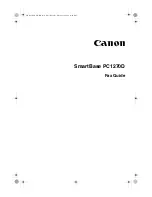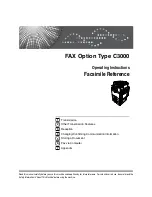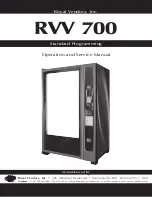
1
2
B
A
C
D
B
A
C
ATTACHING THE NEEDLE
The Presser Foot Assembly is raised and lowered
with the Preser Foot Lever
(No.23 on P.XX).
This also
raises and lowers the needle.
Insert the needle following the illustrated instructions
(Fig. 1)
Loosen the needle clamp screw (A).
Insert the needle with the flat side towards the back (B) and the eye facing
the front (C).
Push the needle as far as it will go (D).
Re- tighten the screw.
Change the needle regularly, especially if it is showing signs of wear
and causing problems.
Needles must be in perfect condition.
( Fig. 2) Problems can occur with:
A. Bent needles
B. Blunt needles
C. Damaged points
Attention: ALWAYS swith the power off when attaching needles.
CAUTION: Always exercise care when attaching needles. Store needles
safely away from children and pets and dispose of them with great
care with the points protected.
23
LOWER
RAISE
Page 9










































